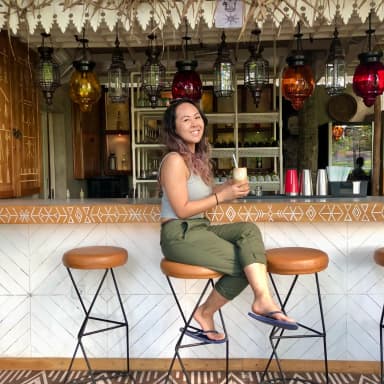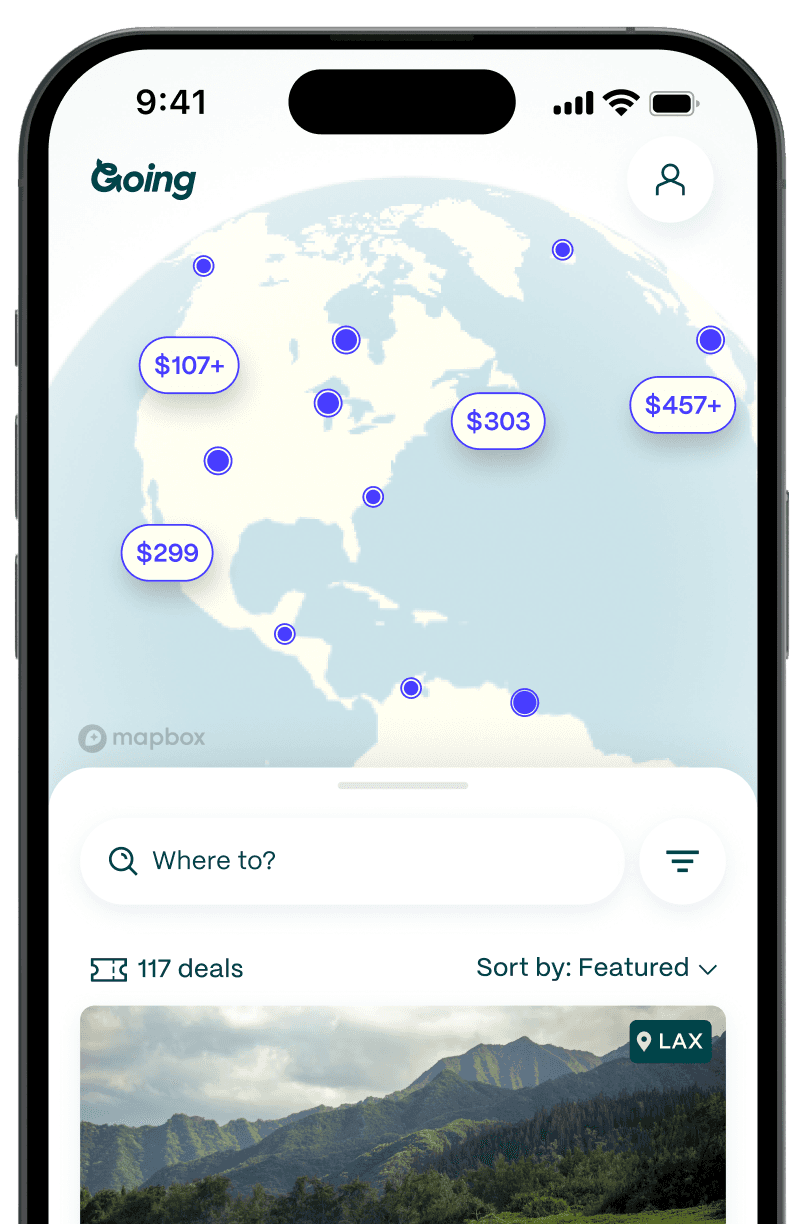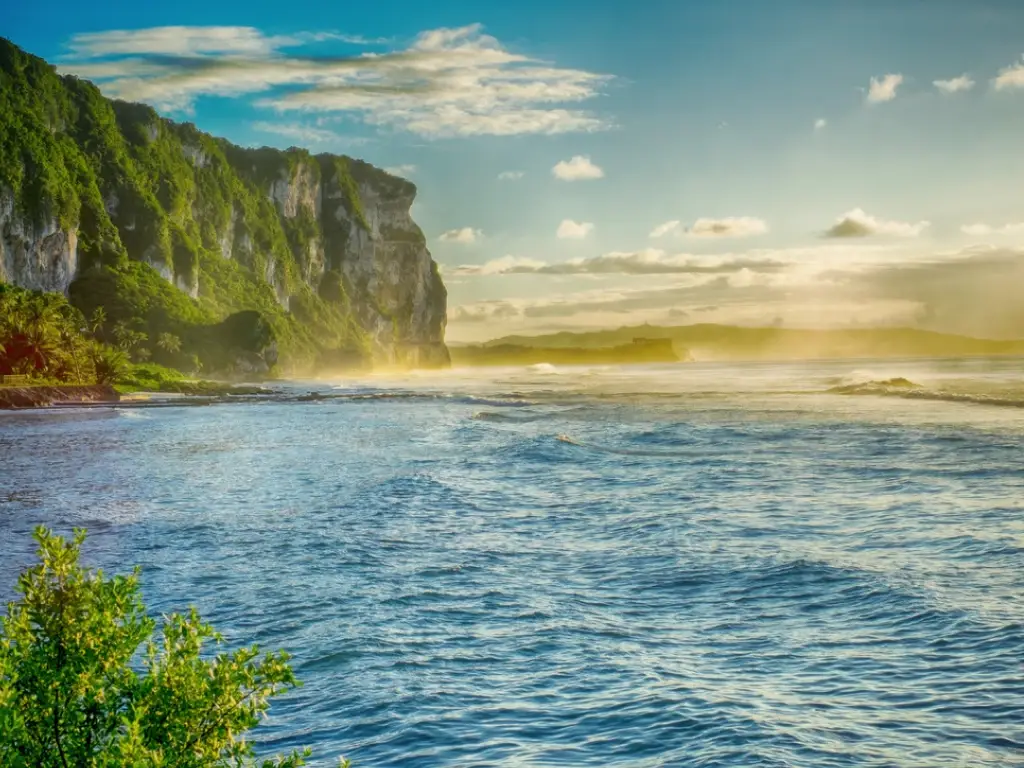
Guam: The Pacific Island Near the Deepest Point on Earth
Table of Contents
Located in the vast Pacific Ocean nearly 3,300 miles west of Hawaii, Guam is the southernmost island in the crescent-shaped archipelago known as the Mariana Islands. While the US territory is just 30 miles long and 9 miles wide, don’t let its size fool you; Guam is nearly 43 million years old and boasts a rich cultural heritage that combines elements from its Indigenous CHamoru people, immigrant community including Filipinos and other Asians and Pacific Islanders, and centuries of colonization by Spain, Japan, and the United States.
While many are drawn to the island paradise for its pristine waters and laid-back atmosphere, what truly makes Guam a gem is the warm hospitality of the locals. Embedded in the values of its residents is inafa’maolek—a concept focused on interdependence, cooperation, and togetherness–—and Guam’s tight-knit community and welcoming atmosphere embrace visitors like family.
One of the world’s tallest mountains?

Some 30% of Guam consists of lush limestone forests, primarily found in the northern half of the island. In contrast, the southern regions are dominated by mountainous volcanic hills and basalt pillars with entranceways to some of the island’s gorgeous hiking trails, isolated waterfalls, hidden caves, and one of the world’s tallest mountains.
It only takes about two hours to scale the 2.7-mile hike up Mount Låmlam. Although mildly difficult, the views of Cetti Bay and the southern mountain range will make it worthwhile. While the mountain may not look all that impressive at just 1,332 feet above sea level, it’s actually one of the tallest mountains in the world—if you start at its base at the bottom of the ocean.
That’s because Mount Låmlam sits on the ridge of the Mariana Trench, the deepest known point in the world at 36,000 feet underwater. To put it into perspective, if Mt. Everest were placed at the bottom of the trench, it would still be submerged.
3,500 years of human life

On the northern tip of Guam, the ancient village of Litekyan (which, in CHamoru, the Indigenous language, means the “stirring place”) shows evidence that human life existed here at least 3,500 years ago. Archaeologists believe that the ancient CHamorus sailed more than 1,200 miles from Southeast Asia based on remnants of pottery pieces and shell ornaments found on the trails and traces of fingerprint cave art in the caves.
At the Guam National Wildlife Refuge in Litekayn (also known as Ritidian), you can walk a 2-mile loop through the towering jungles. Along the way, you’ll pass by historic burial sites and latte structures—stone pillars resembling inverted mushrooms that once served as dwellings. You can book a free tour with the Guam Wildlife Refuge for an in-depth explanation of the ancient villages and caves.
There’s also the 1.6-mile Hagåtña Walking Trail in the heart of Guam’s capital. The walk features iconic landmarks from Guam’s complex colonial history and resistance under Spanish, American, and Japanese rule. Beginning at the Spanish Fort Santa Agueda, constructed around 1800, the trail provides panoramic views of Hagåtña Bay before leading to Senator Angel Santos Memorial Latte Stone Park, named after the late senator and CHamoru rights activist. Continuing on the course, you’ll also discover five other landmarks listed on the U.S. National Register of Historic Places.
Legendary sites

Several sites in Guam pay homage to ancient legends passed on for generations.
Starting in the north, Two Lovers Point, a 370-foot-tall limestone cliff, is the island’s most popular tourist attraction. Legend tells the story of a beautiful chief’s daughter and a young CHamoru warrior. With the girl forced to marry a Spanish soldier, the young lovers tied their hair together and leaped to their deaths, choosing love. The observation post overlooking Tumon Bay is also used to hold intimate weddings.
In central Hagåtña, you’ll find a mermaid statue facing the ocean. As one of Guam’s beloved legends, “Sirena” recounts the story of a girl who adored the sea so much that she neglected her daily responsibilities. Frustrated, her mother cursed her to become a fish, but her godmother intervened and turned Sirena into a mermaid. The mother later regretted her words, searching for her daughter by the shore. The legend imparts wisdom on the spiritual and physical responsibilities of motherhood.
As you drive down to the idyllic village of Humåtak, you’ll come across a hiking trail to Fouha Rock, where the CHamoru legend of Puntan and Fu’una unfolds. The ancient legend is about a pair of sibling gods who sacrificed their lives to create the universe. Sister Fu’una used her magic and energy to create earth with her brother’s body, including the rainbow, sun, and moon. With her body, she created Fouha Rock, where the first humans emerged, passing on the wisdom of Guam’s matrilineal system. Today, it is believed that touching Fouha Rock can bestow blessings of fertility.
Red rice, bbq, and a side of fina’denne’

CHamoru cuisine is simple yet rich in savory flavors with a kick of spice, using ingredients such as soy sauce, hot peppers, and occasionally coconut milk. While the ancient CHamoru diet mainly consisted of fruits, root vegetables, and local fish, modern-day fiestas include influences from the Spaniards and neighboring Asian countries.
Filipino communities comprise a large part of the island population, and fried lumpia (Filipino fried spring rolls) and pancit (Filipino noodle dish) have become fiesta favorites. The Spaniards introduced achiote seeds (also called annatto), sugar, and milk to the locals, inspiring the creation of latiya (vanilla custard sponge cake).
A typical fiesta spread includes red rice (colored from being cooked in water used for soaking achiote seeds), pancit, stewed spinach in coconut milk, kelaguen (ceviche-like dish with chicken, beef, or seafood), pickled kimchi cucumbers, and hot-off-the-grill meats with a side of fina’denne’, a dipping mixture of lemon, hot peppers, soy sauce, and vinegar.
Fun fact: Red rice is such a staple in Guam that you can even find it at a local Kentucky Fried Chicken.
Håfa adai spirit
Speaking of fiestas, don’t be surprised if you receive a warm invitation to “Maila’ ta fan boka!” (“Come eat!”). Håfa adai is the island greeting for “hello” and carries the spirit of warmth, hospitality, and love.
Like other Pacific Islander communities, Guam operates in a communal setting with a focus on reciprocity. Living in remote locations and far (geographically) from the rest of the world, social cooperation is needed to thrive. CHamorus also take hosting seriously, and it’s rare for guests to leave a fiesta empty-handed. Guests always leave with packed balutan (food to be eaten later, even for days).
Fiestas reflect the local values of family togetherness and interdependence, where traditional gender roles are still relevant in modern times; young girls help their matriarchal figures with food preparation, while the boys assist their fathers, uncles, brothers, and male cousins with setting up canopies and barbequing.
Every Wednesday night, hundreds of food vendors and artists help one another set up their booths at the Chamorro Village, selling a wide range of local crafts and products. While strolling through the stalls, you’ll hear “Håfa adai!” echoing around every corner.
A year full of festivals
During ancient times, CHamorus followed a 13-month lunar calendar that helped indicate what fish and fruits were in season. Today, villages celebrate the local harvest by hosting community festivals.
Every year, crowds gather at the annual festivals for a weekend of food, vendor booths, cultural demonstrations, live music, contests, games, and specialty delights.
Popular festivals include the Malesso’ Crab Festival (March), Coconut Festival (April), and the Mango Festival (May). The scenic drive to the southernmost village of Malesso’ is only half the treat when visiting the annual crab festival. Hosted at the Pier, it includes fun crab-catching games and activities, culinary competitions, and refreshing dips in the ocean.
Try some unique CHamoru sweets like ahu and apigigi’ at the Coconut Festival. Ahu is a sweet soup-like mix of tapioca starch, sugar, and young coconut. Apigigi is steamed grated cassava mixed with coconut milk, young coconut, and sugar. Don’t pass up the chance to try everything mango in May. Guam produces more than two dozen local varieties of the fruit, so why not try them all in a variety of ways? Pickled, frozen, as a donut—you name it!
Get your dose of Vitamin D

Thanks to its proximity to the equator, Guam’s waters average 82-85°F all year round. The island’s extensive 80+-mile coral reef ecosystem absorbs and reduces wave energy, creating an ideal environment for snorkeling in the ocean or paddleboarding. If you’re lucky, you might even glimpse a sea turtle or fish species exclusive to the Mariana Islands, like the yellow-crowned butterflyfish or the Guam damsel.
Drive down to Paicpouc Cove to find the island’s only black sand beach, or head to Tumon Bay to swim along its strip of palm-lined white sand. Almost anywhere on the island, you’re only a 15-minute drive away from pristine waters and sunset views.
Good to know
Is Guam expensive?
Guam can be relatively expensive, but it does not compare to some of the major cities in the US. Chain hotels start from about $150/night and are all located along Tumon Bay. For a sit-down dinner in a mid-range restaurant, you can expect to pay about $25 for an entree. For cheaper meals, you can fill up for less than $13-15.
Guam does not have a sales tax, so there is no guessing game here. There is a tipping culture.
Best time to visit Guam
While the rainy season is July-December, the rainiest months are August and September. The majority of the festivities are held from March to July.
What languages are spoken in Guam?
English is the main language in Guam, but the Indigenous language is CHamoru. Many of the villages go by their Indigenous names.
Guam with kids
Guam is a family-friendly destination with endless activities to choose from. Catch a glimpse of Guam’s marine life at the Fish Eye Marine Park, spend the day at the Valley of the Latte Adventure Park for a cultural excursion, or jump into the cool waters at the Malesso’ (Merizo) Pier.
Guam public transportation
While there are trolley buses that circle through the main shopping areas, the most common mode of transportation is driving.
Is Guam safe?
Guam is a relatively safe destination; just use common sense. Guam is one of the most LGBTQ-welcoming destinations in the Pacific Rim; Guam was the first US territory to legalize same-sex marriage.
Getting to Guam
GUM is the main airport. Prices from the US to Guam are typically $1,800-$2,000 RT. If you can find cheap flights to Manila or Bangkok, you can typically find a flight from there to Guam for $300-$700 RT.
More amazing islands around the world
Last updated February 8, 2024
Articles you might like
View All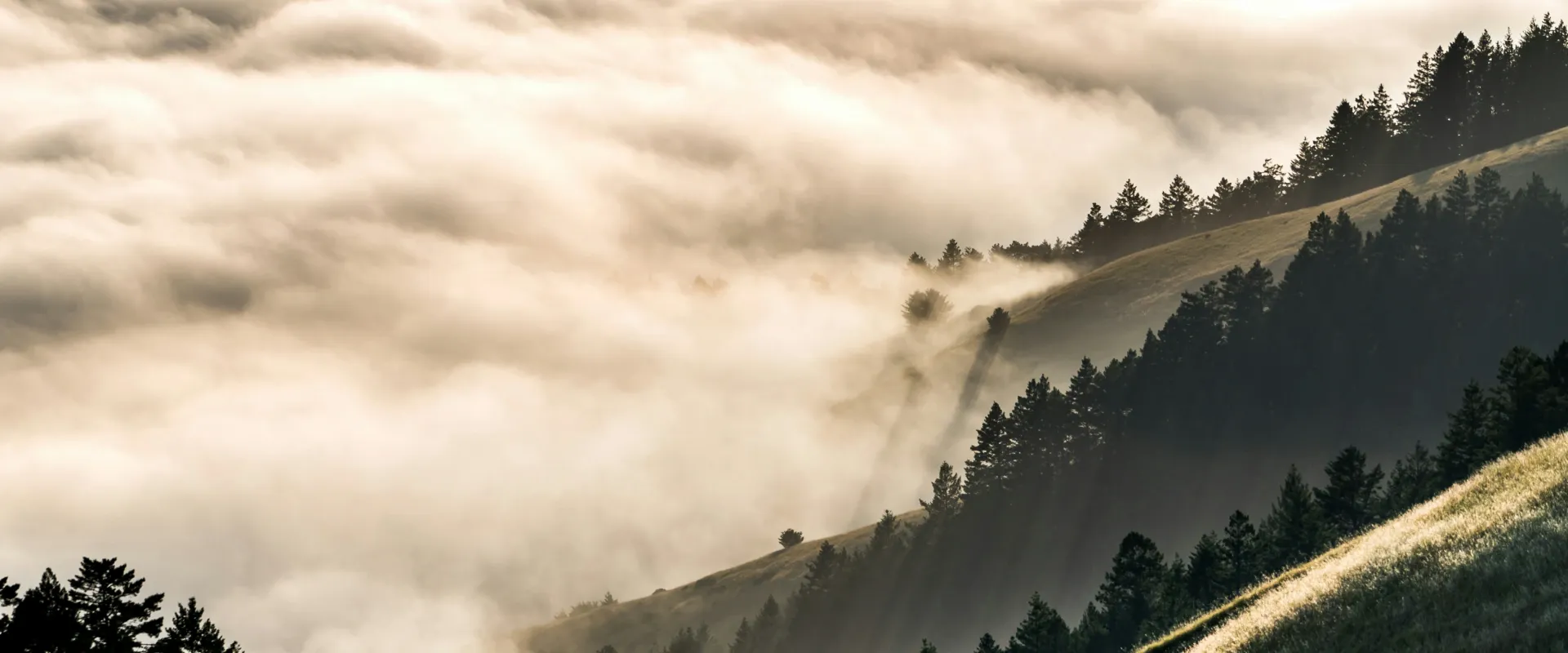
Best Day Trips from San Francisco: 25 Trips You’ll Actually Want to Take (2026)
Jan 6, 2026
12 min read
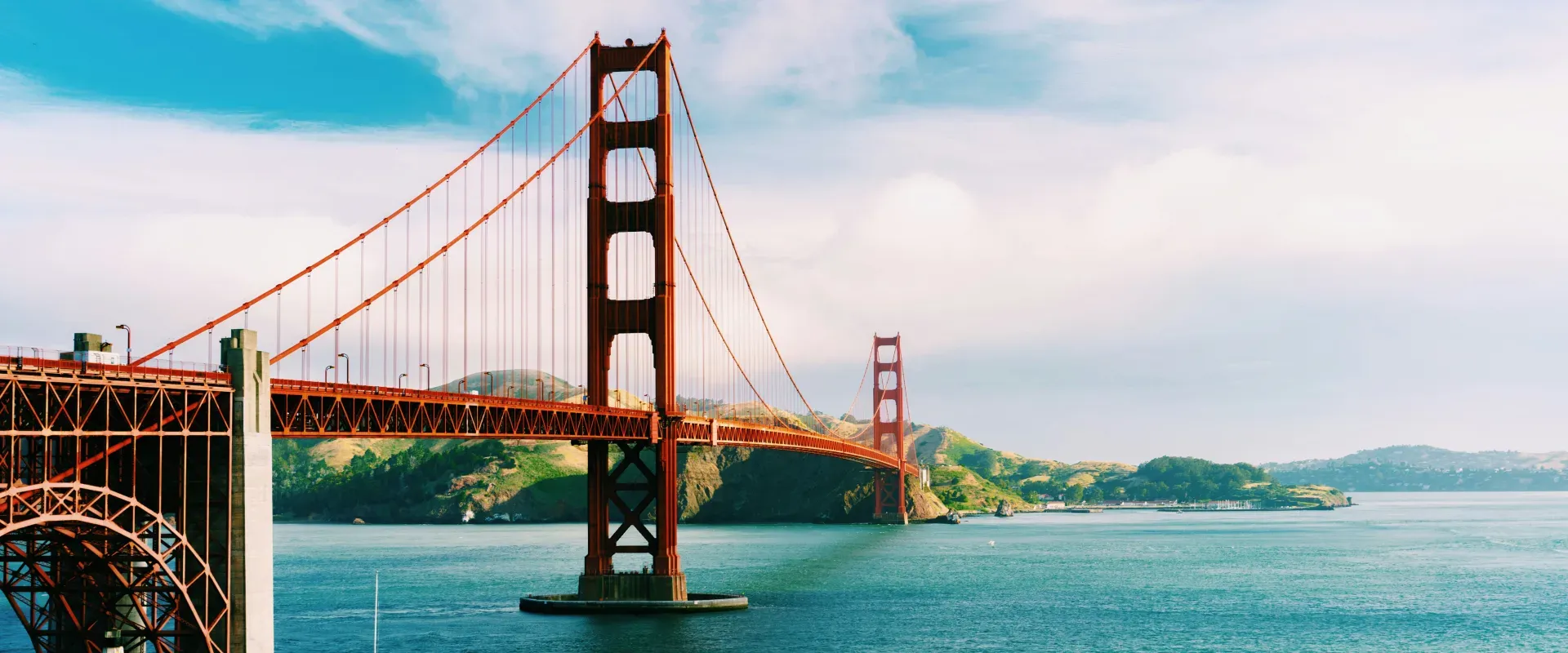
30 Free Things To Do In San Francisco That People Keep Recommending
Jan 6, 2026
10 min read

Marrakesh: The North African City Where Storytelling Is an Art
Jan 5, 2026
5 min read

